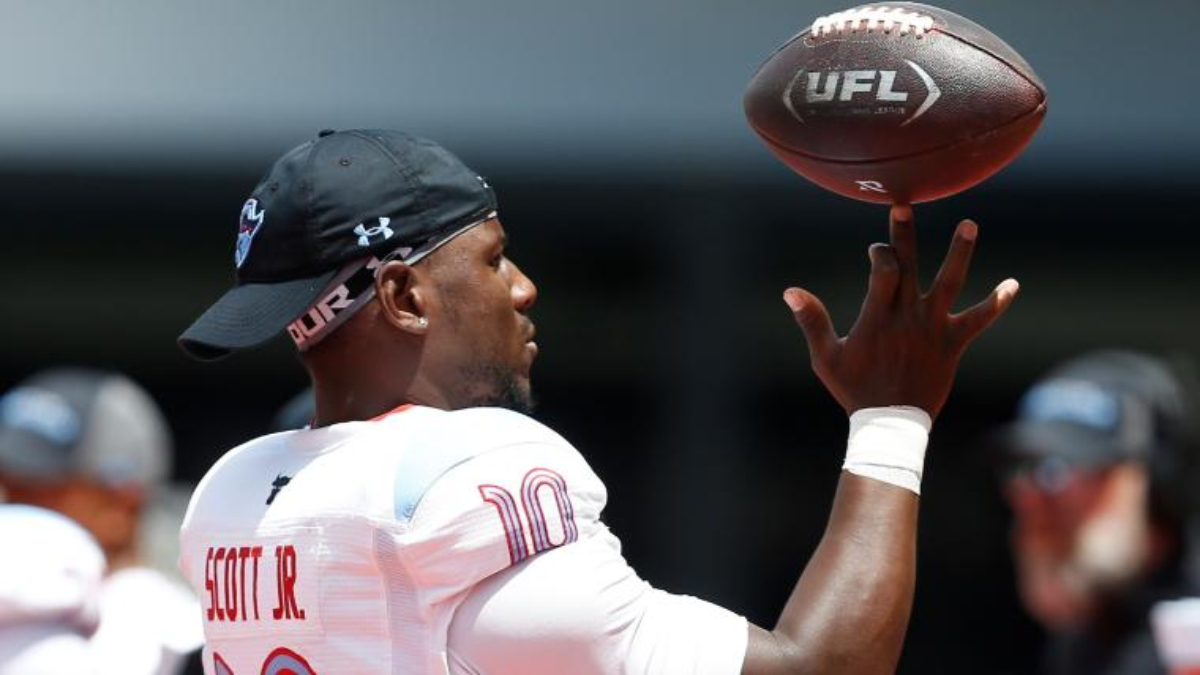The XFL and USFL decided to stop butting heads ahead of the 2024 season and joined forces, forming a single, eight-team spring league now known as the UFL. This new alliance aims to establish a dominant presence in the spring football market.
The UFL didn’t just merge teams; it also blended the rules from both the USFL and XFL. While many of these rules mirror those of the NFL, the UFL has made some unique changes to set itself apart. These tweaks might seem like gimmicks to football purists, but they inject extra excitement and intrigue into the spring season. First-time viewers might find the rules a bit confusing, especially during the playoffs, but the NFL is keeping a close eye on these innovations, possibly considering some for future adoption.
Here’s a breakdown of the key ways the UFL’s rules stand out from the NFL’s:
UFL overtime rules
The UFL is borrowing a page from the playbooks of college football and the NHL with its innovative overtime format. Instead of playing a full extra period, each team gets three attempts at a two-point conversion from the opponent’s 5-yard line. The team with the most successful conversions after these three attempts wins the game.
If the score is still tied after the initial three attempts, the teams will alternate single possessions in a “sudden death” format until a winner emerges.
This rule not only shortens the game but also ramps up the excitement, as seen in the 2021 Penn State vs. Illinois game that ended in a nine-overtime thriller with the Fighting Illini coming out on top.
This method has been a staple in recent spring leagues since the 2020 reboot of the XFL. USFL fans got a taste of this high-drama conclusion during the 2023 East Division championship between the Michigan Panthers and Pittsburgh Maulers, and it was a hit.
So, for fans who love edge-of-the-seat endings, the UFL’s overtime rules are a game-changer, quite literally.
UFL’s 3-point tries and tiered extra-points
In the UFL, forget about the traditional extra point kicks after touchdowns. Instead, teams must go for additional points by getting into the end zone, with options for one, two, or three points.
A one-point attempt starts from the 2-yard line, a two-point attempt from the 5-yard line, and a three-point attempt from the 10-yard line. Coaches choose their desired conversion type and inform the officials before the play begins.
But what if the defense turns the tables and scores on a conversion attempt? They earn points equal to the offense’s intended conversion. For instance, if they intercept a pass on a three-point try and take it to the house, they score three points. Similarly, a defensive score on a one-point attempt nets them one point.
This rule dramatically impacts game dynamics, ensuring that any game within an 18-point margin remains a two-score affair. This twist has been a big win for the UFL, injecting late-game excitement and keeping fans on the edge of their seats.
UFL’s double forward pass rule
In its merger with the USFL, the UFL decided to keep a quirky XFL innovation: the double forward pass. Teams can throw two forward passes on a single play, but there’s a catch—the first pass must be completed behind the line of scrimmage to make the second pass legal.
If either forward pass hits the turf, it’s ruled an incompletion. This rule reduces the risk compared to the NFL’s lateral-based trick plays, where a dropped lateral results in a live-ball fumble, often turning a potential highlight reel into a disaster.
This gimmick opens up creative play-calling, allowing offenses to keep defenses guessing and fans entertained with unexpected and exciting plays.


